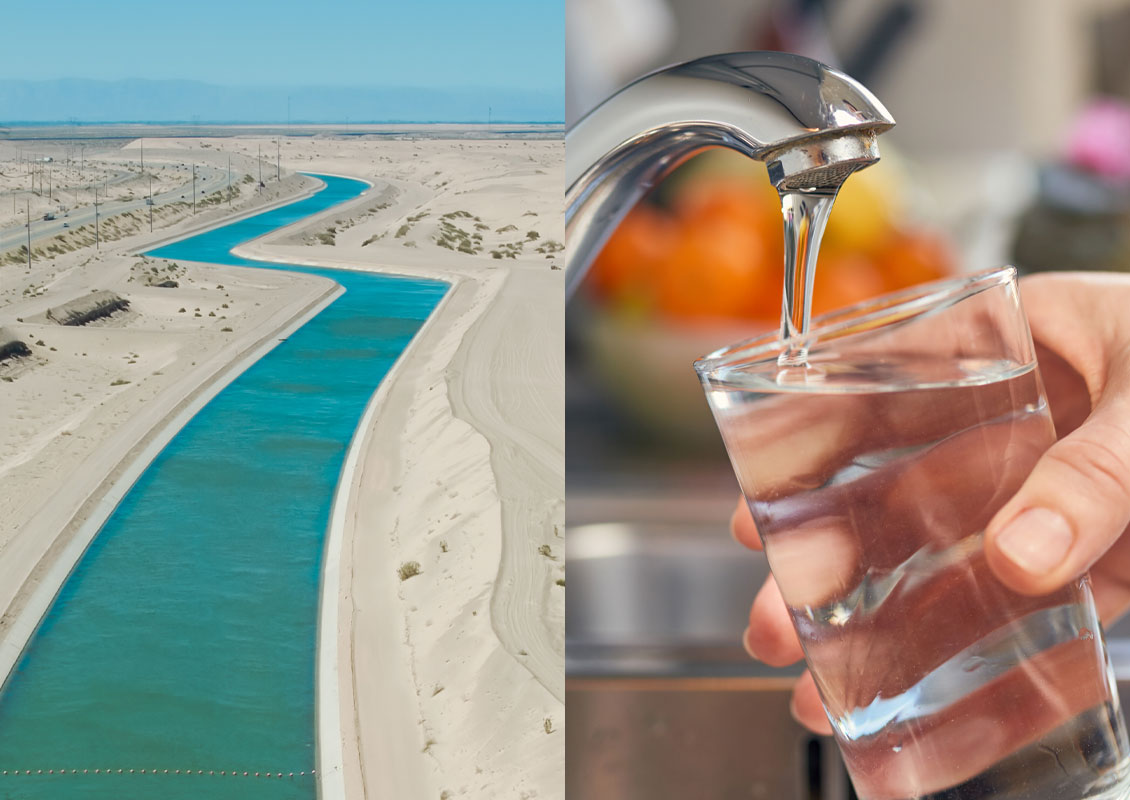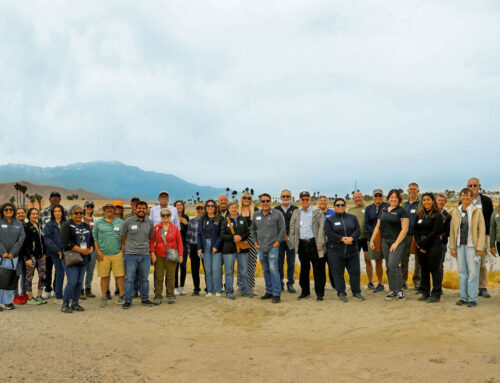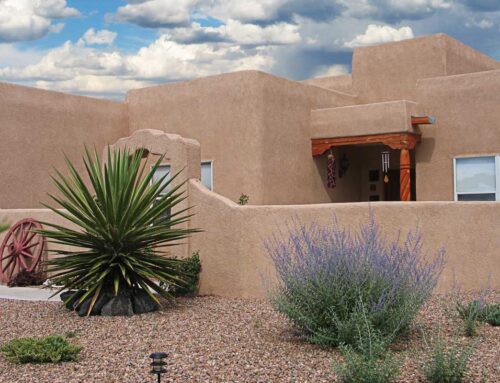Water infrastructure is vital to the Coachella Valley’s and the state’s prosperity. As climate patterns drive higher temperatures, limited precipitation, and frequent extremes into atmospheric rivers, water supplies will remain strained throughout the state. To adapt water operations and respond to our state’s changing weather, investing in and modernizing the systems used to capture, store, treat and deliver the water that fuels our state will be crucial.
Drinking Water Week, May 7-13 and Infrastructure Week, May 15-19, bring awareness to tap water’s vital role in daily life, the critical infrastructure necessary to transport water from source to tap, and the important, essential, and often-overlooked work of water professionals.
What is water infrastructure?
Water infrastructure plays a vital role in quenching California, from canals that carry water supplies throughout the state to water treatment plants that ensure the safety of the drinking water that flows from our taps.
Local water agencies have prioritized water management and infrastructure investments for years and have made significant progress toward building a more drought-ready Coachella Valley. However, continued conservation and investment in additional water projects are necessary to meet the water-related needs of future generations. Water keeps us hydrated, fed and thriving — and infrastructure lies at the heart of it all.
In addition, our economy, public health and safety, and quality of life depend on the interwoven systems that provide essential drinking water and sewer services. Water districts work hard to keep rates reasonable while maintaining and upgrading infrastructure to deliver safe drinking water to their communities. Under California Proposition 218, public government water agencies can only charge customers the actual costs to provide that service.
To learn more about your local drinking water, rates and infrastructure investments for the community’s future, visit cvwatercounts.com to find your agency. To learn more about investing in California’s water infrastructure, visit quenchca.com.






